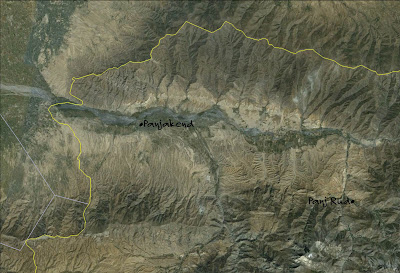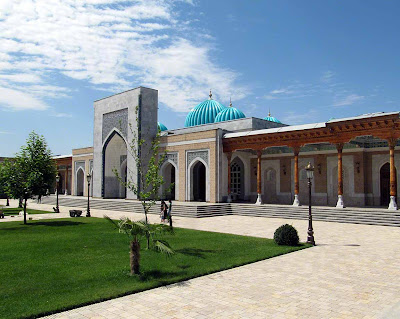Mongolia | Second Nine Nine | Khorz Arkhi Khöldönö
I mentioned earlier that the First of the Nine-Nines —the Nine-Nines being nine periods of nine days each, each period characterized by a certain type of winter weather—started on the day of the Winter Solstice , which occurred here in Mongolia on December 21, according to the Gregorian Calendar. The Second of the Nine Nines begins today, December 30. Known as Khorz Arkhi Khöldönö , this is the time when twice-distilled homemade Mongolian arkhi (vodka) freezes. As you will recall, the first of the Nine-Nines was the time when regular, or once distilled, arkhi freezes. As this indicates, the second period should be colder than the first, since twice distilled arkhi obviously has a much higher alcohol content. This morning at 8:30 it was a relatively balmy Minus 22°F /-30º, however, and it is supposed to get up to minus 4º F / -20º C today, so we seem to be having a bit of a warm spell. The Third Nine-Nine starts on January 8.






